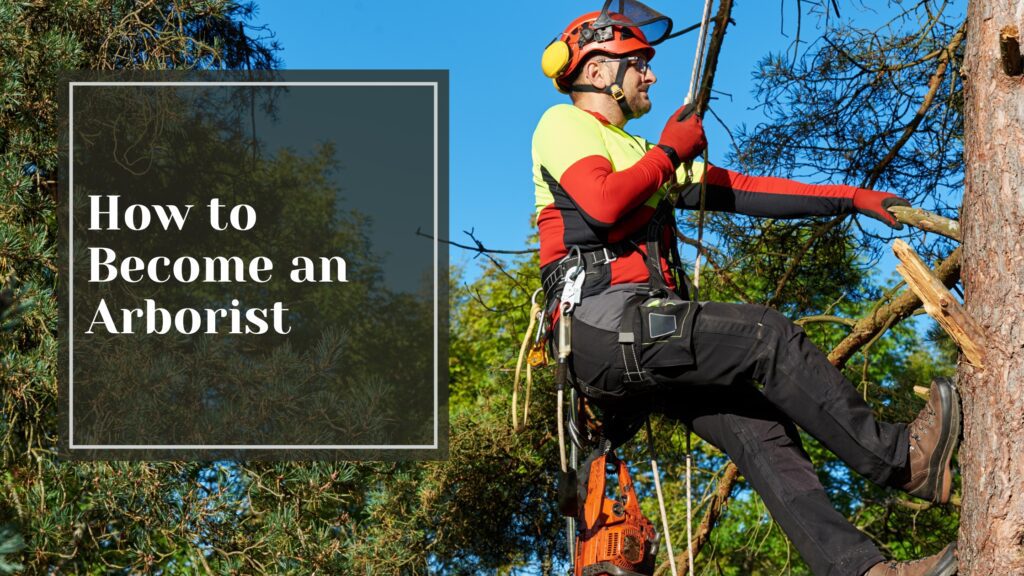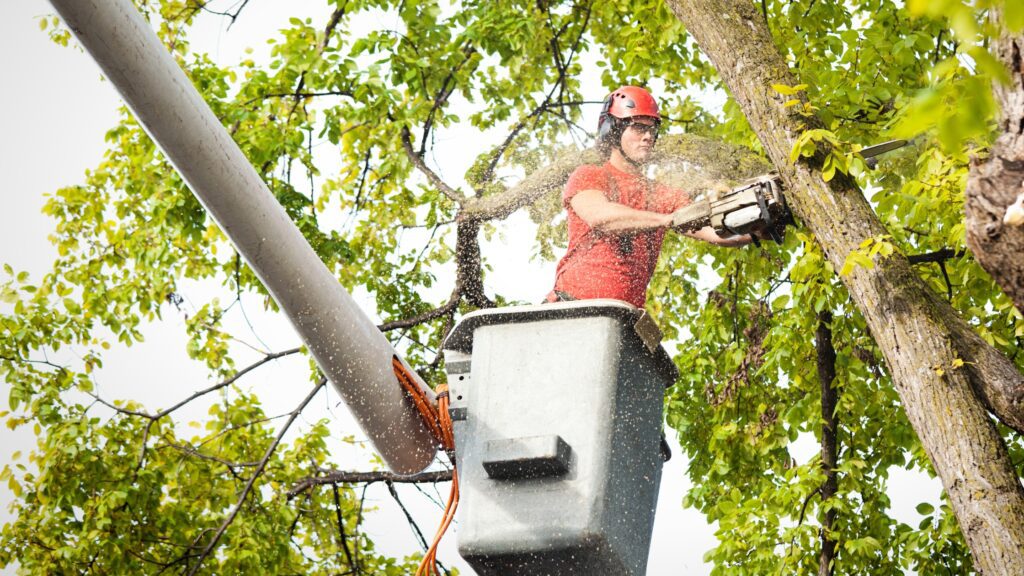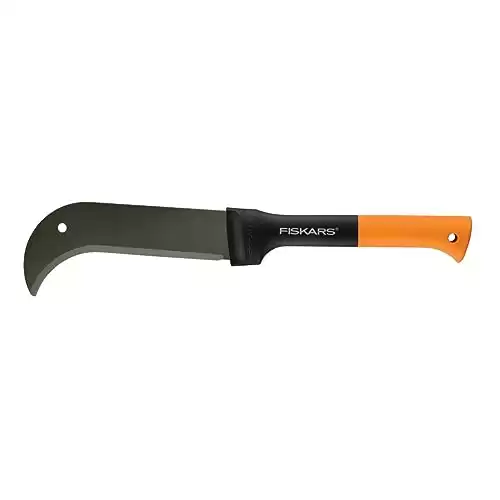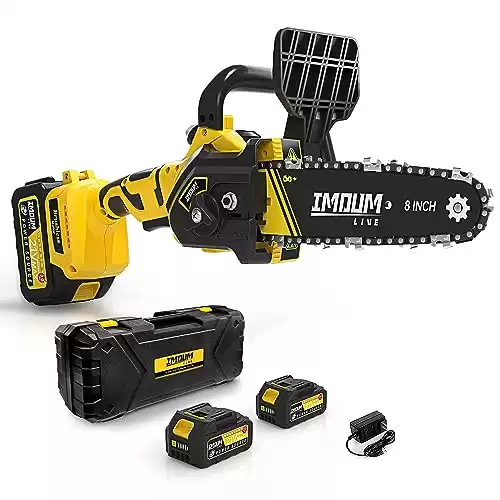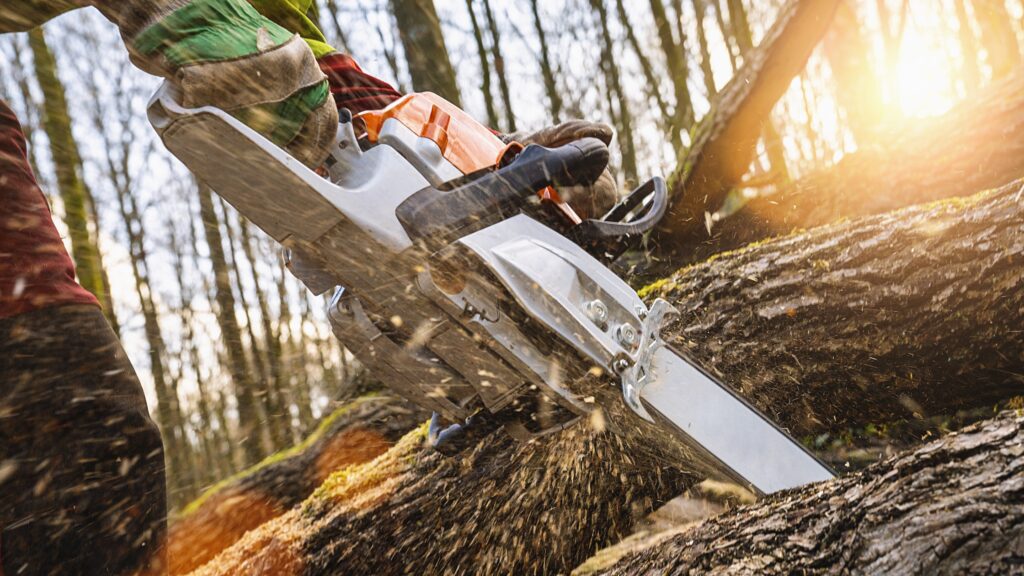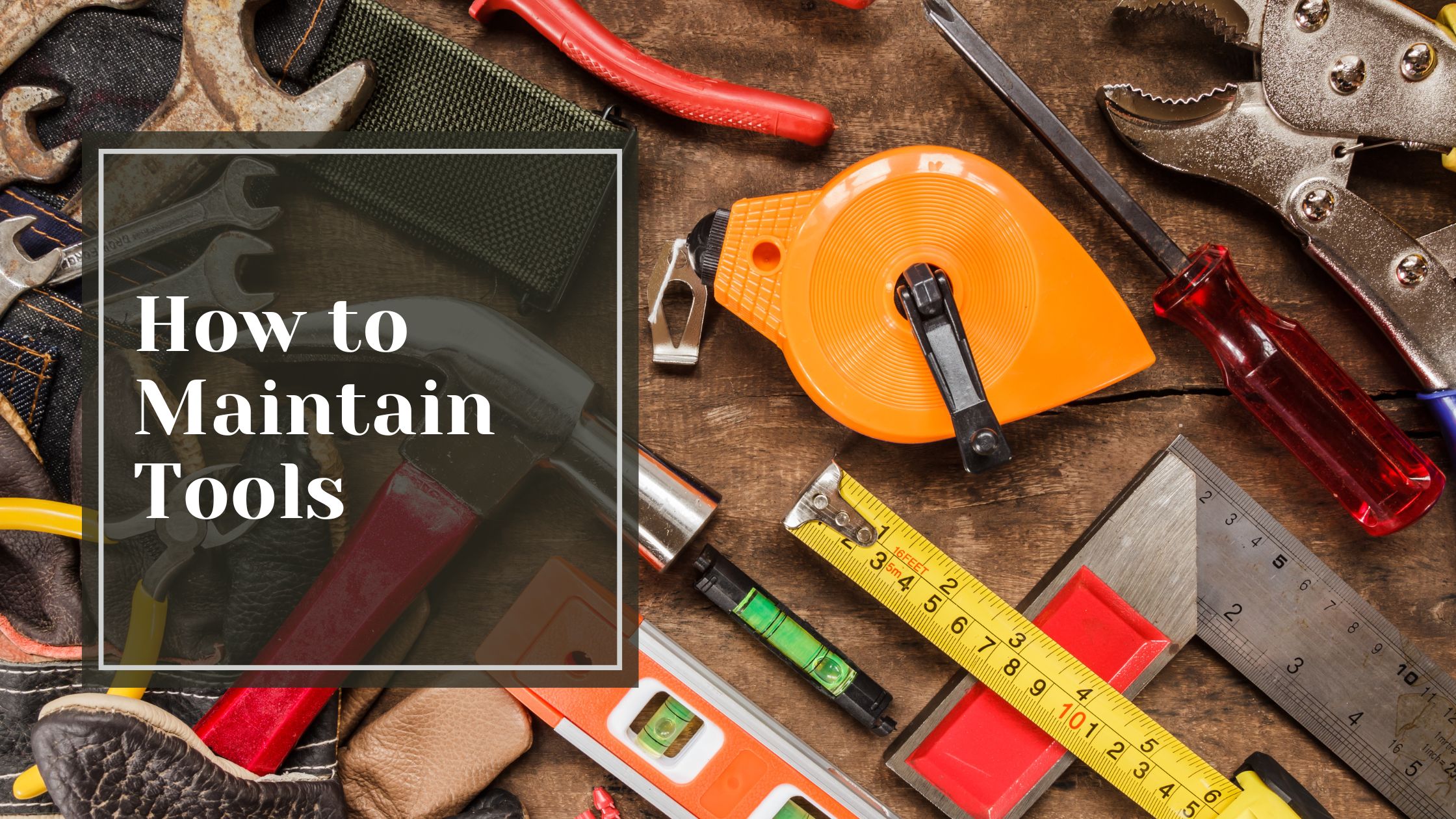You love nature and being outdoors. You want a job that allows you to work with trees while making a positive impact on the environment. Becoming an arborist could be the perfect career for you. But where do you start? Talking Tradesmen will walk you through the key steps, from choosing a training program to landing your first job in the field. We’ll cover everything you need to know to turn your passion for trees into an exciting profession that allows you to make a difference.
Table of Contents
ToggleEducation and Training Required to Become an Arborist
Hit the Books
Get ready to crack open those textbooks, because you’ll need at least a high school diploma or GED to get started. Many aspiring arborists pursue associate’s or bachelor’s degrees in arboriculture, forestry, horticulture, or a related field. Coursework covers tree biology, diagnosis, maintenance practices, equipment operation, and safety protocols.
Real-world experience through internships or entry-level roles is also highly valued by employers. It allows you to apply what you’ve learned in school to actual tree care scenarios. Some colleges even have student-run arboretums or tree nurseries on campus – take advantage of those hands-on opportunities!
Get Credentialed
Once you’ve got your degree or experience under your belt, it’s time to get officially certified. Most arborists earn credentials through the International Society of Arboriculture (ISA). Their Certified Arborist exam tests your knowledge of tree biology, diagnosis, construction management around trees, and more. Passing it shows you’re legit.
Depending on your specialty, additional certs from organizations like the Tree Care Industry Association (TCIA) are also valuable. Their Aerial Lift Specialist credential, for example, shows you can safely operate bucket trucks and other arborist equipment.
Never Stop Learning
Just like the trees you’ll care for, your education is never complete as an arborist. Keeping up with the latest techniques, regulations, and research through continuing education courses is crucial. Attend workshops, conferences, and webinars to stay on top of industry best practices.
Skills You’ll Need as an Arborist
Physical Stamina and Dexterity
Arboriculture is a physically demanding profession. You’ll need to be in excellent shape to climb trees, lift heavy equipment, and work outdoors in various weather conditions. Agility, balance, and a good sense of coordination are essential for navigating through the canopy and maneuvering around branches.
Technical Expertise
A deep understanding of tree biology, anatomy, and physiology is crucial. You’ll need to identify different species, diagnose diseases and infestations, and recommend appropriate treatments. Knowledge of pruning techniques, cabling and bracing methods, and tree removal procedures is also indispensable.
Equipment Operation and Maintenance
As an arborist, you’ll work with a variety of tools and equipment, such as chainsaws, chippers, stump grinders, and aerial lifts. Proper training and adherence to safety protocols are paramount. You’ll also need to maintain and service this equipment regularly to ensure optimal performance and longevity.
Problem-solving and Critical Thinking
No two trees are alike, and each job presents unique challenges. You’ll need to assess situations quickly, evaluate risks, and devise safe and effective solutions. Critical thinking and problem-solving skills are essential for navigating complex scenarios and making informed decisions.
Communication and Customer Service
Effective communication is vital in this profession. You’ll need to explain complex arboricultural concepts to clients, provide clear instructions to crew members and maintain positive relationships with customers. Active listening, patience, and strong interpersonal skills are key to delivering exceptional customer service.
Safety Consciousness
Safety should always be your top priority as an arborist. You’ll need to adhere to industry standards, follow safety protocols, and use personal protective equipment (PPE) at all times. A keen eye for identifying potential hazards and a commitment to creating a safe work environment are crucial.
The Fiskars Extendable Tree Pruning Stik Pruner is a fantastic tool for homeowners looking to handle basic tree trimming and pruning tasks themselves. Tree trimming and pruning are among the most common arborist services, and they help maintain the health and appearance of your trees by removing dead, damaged, or overgrown branches. This pruner has an extendable reach from 7.9 to 12 feet, allowing you to easily reach high branches without needing a ladder. It features a precision-ground steel blade that stays sharp and a rotating cutting head for versatile use. By using this tool, you can manage simpler tree maintenance tasks yourself and potentially save on professional arborist costs.
Finding Work as an Arborist
Once you’ve got the proper certifications and training under your belt, it’s time to start looking for jobs as an arborist. The good news? There’s plenty of demand for skilled tree care professionals.
Get Your Resume Ready
First things first, you’ll need an up-to-date resume highlighting your arborist qualifications, certifications, and any relevant experience. Even if you’re fresh out of an arboriculture program, don’t
Be sure to tailor your resume for each job posting. Study the listing carefully and weave in key phrases and skills the employer is seeking.
Network, Network, Network
Networking is huge in this tight-knit industry. Get connected with local arborist associations and attend meetings or training events. You never know what opportunities could arise through personal connections.
Don’t be afraid to reach out to arborists you admire on LinkedIn. A simple message expressing your career aspirations could lead to advice, job
Consider All Your Options
When picturing an arborist job, you might envision climbing trees and pruning branches all day. But the reality is, that there are diverse career paths to explore:
- Commercial tree care companies
- Utility line clearance
- Plant health care
- Municipal forestry departments
- Consulting arboriculture
Research the various specialties to pinpoint your ideal niche and focus your job search accordingly.
Prepare for the Interview
Once you start landing interviews, preparation is key. Come ready to discuss your hands-on experience, credentials, and passion for the field. Arborists love talking trees – let your tree knowledge shine!
Many companies will require you to demonstrate your climbing skills or pruning techniques. Brush up on best practices so you can show off your talents.
Be Persistent
Like any career, finding that perfect arborist job likely won’t happen overnight. Stay positive, keep networking, and don’t get discouraged. With hard work and persistence, you’ll soon be caring for the urban forest.
The MECMO 6-14 Foot Extendable Tree Pruner is an ideal tool for homeowners looking to save on arborist costs by regularly trimming their trees. Regular tree trimming helps keep growth in check, making future maintenance easier and less costly. This pruner extends from 6 to 14 feet, allowing you to reach high branches without needing a ladder. It's lightweight and easy to use, featuring a sharp blade for clean cuts, making it perfect for maintaining your trees' health and appearance.
Arborist Certification and Licensing
Get Certified
If you’re serious about pursuing a career as an arborist, getting certified is an absolute must. Certification proves you have the necessary knowledge and skills to properly care for trees. It also shows potential employers and clients that you’re a true professional.
The International Society of Arboriculture (ISA) offers the most widely recognized arborist certification program. To earn your ISA Certified Arborist credential, you’ll need to pass an extensive exam covering all aspects of arboriculture – from tree biology and identification to safe work practices.
Preparing for the exam takes diligent study, but don’t worry – there are plenty of study materials and prep courses available to help you get ready.
Licensing Requirements
In addition to optional certification, most states require arborists to obtain a license before they can legally work on trees in that state. Licensing requirements vary but typically involve passing an exam, meeting experience and education criteria, paying fees, and keeping your skills current through continuing education.
For example, in California, you need a C-61/D-49 Tree Service Contractor license from the Contractors State License Board to perform tree pruning, removal, stump grinding, and other services for hire. The exam covers areas like worker’s compensation insurance, safety requirements, and tree maintenance standards.
Stay Current
Once you have your arborist certification and required licenses, the learning doesn’t stop there. Arboriculture is a constantly evolving field with new pests, diseases, techniques, and best practices emerging all the time. Maintaining your credentials often requires completing continuing education to ensure your knowledge and skills stay sharp.
How to Become an Arborist
Well, there you have it! Becoming an arborist takes passion, education, training, and dedication. It’s not an easy path, but if you feel called to care for and protect our tree populations, it could be a rewarding career for you. Start by researching programs, connecting with professionals, and getting hands-on experience. Stay motivated through the challenging parts, and before you know it, you’ll be making a real impact through your arborist work. Our urban forests need people like you to look after them. Believe in yourself and your abilities – you’ve got this! Now go out there and start reaching for the trees!
Frequently Asked Questions
What Education And Training Are Required To Become An Arborist?
To become an arborist, you’ll need at least a high school diploma or GED. Many aspiring arborists pursue associate’s or bachelor’s degrees in arboriculture, forestry, horticulture, or related fields. Real-world experience through internships or entry-level roles is also highly valued by employers.
How Do I Get Certified As An Arborist?
Most arborists earn credentials through the International Society of Arboriculture (ISA) by passing the Certified Arborist exam. Additional certifications from organizations like the Tree Care Industry Association (TCIA) may also be valuable, depending on your specialty.
What Skills Are Essential For A Successful Arborist Career?
Essential skills include physical stamina, technical expertise in tree biology and care, equipment operation, problem-solving, critical thinking, and strong communication and customer service abilities. Safety consciousness is also crucial.
Where Can I Find Job Opportunities As An Arborist?
Arborists can find job opportunities with commercial tree care companies, utility line clearance services, municipal forestry departments, consulting arboriculture firms, and more. Networking and staying active in local arborist associations can also open doors.
What Are The Licensing Requirements For Arborists In Different States?
Licensing requirements vary by state but typically involve passing an exam, meeting education and experience criteria, paying fees, and completing continuing education. For example, California requires a C-61/D-49 Tree Service Contractor license for tree-related services.

